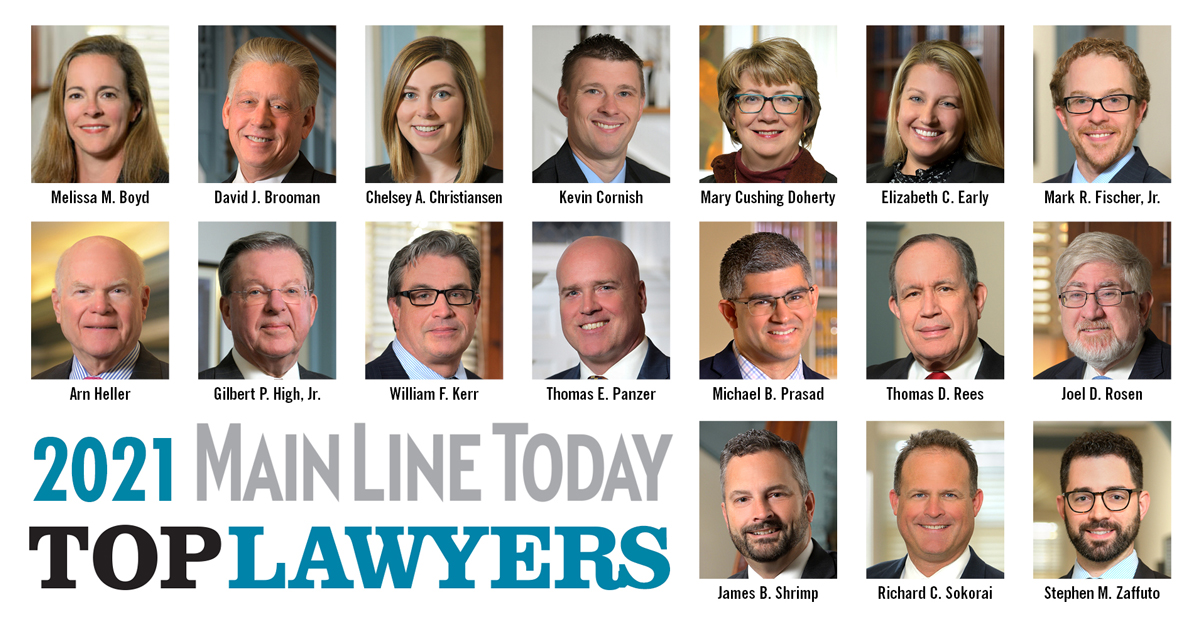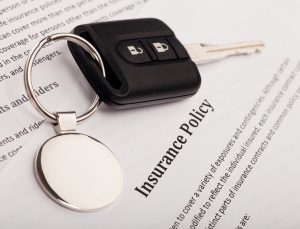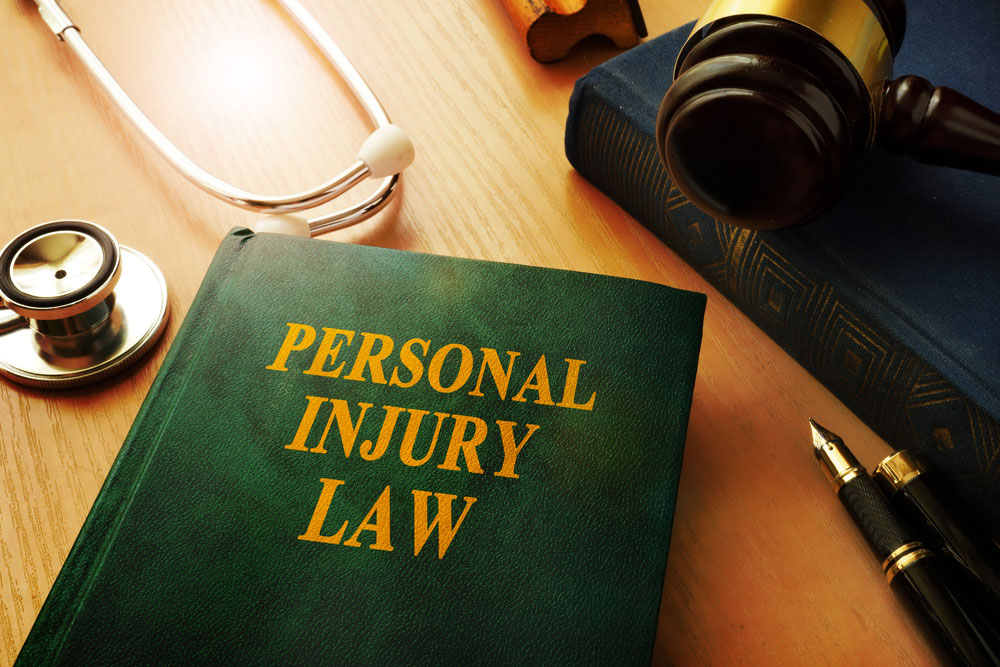When faced with losses from a personal injury, it's essential to explore your legal avenues and options. You may be eligible for benefits and compensation. Moreover, depending upon the surrounding circumstances, there may be multiple sources of recovery. So, leave no stone unturned when it comes to a personal injury claim!
If you suffer a disabling injury due to a work incident, you should investigate holding a negligent "third party" responsible with a personal injury lawyer.
Personal Injury Claim in PA
Under Pennsylvania law, injured workers may be eligible for medical treatment for an injury. They may also be eligible for reimbursement of a portion of their lost wages from their employer (or its insurance company). However, typically, a worker may not sue their employers directly for additional compensation for pain and suffering. That's true even when the negligence of those employers is directly responsible for causing the underlying incident.
Sometimes someone or something else has done something – or failed to do something – that's a substantial factor in causing the injury. The individual might be a motor vehicle driver, someone who maintains a piece of property, or a construction contractor or subcontractor performing nearby work. That person constitutes a "third party." You can work with a personal injury lawyer to file a lawsuit against a negligent third party while simultaneously collecting workers' compensation benefits.
Suppose a personal injury claim is ultimately successful. If so, the employer or its workers' compensation carrier may be entitled to reimbursement of monies related to that injury. This concept is called "subrogation." It refers to the legal right of an entity that has paid out benefits connected with an injury caused by a negligent third party to receive compensation from that third party.
If you're injured, consult a personal injury lawyer near you. They can seek appropriate compensation from all potentially responsible persons and entities.
Car Accident Personal Injury Claims
One example of where the possibility of recovery from multiple sources exists is when a worker is injured in a motor vehicle collision while in the course and scope of employment. Although Pennsylvania's Motor Vehicle Responsibility Law generally prohibits subrogation, this no longer applies to workers' compensation matters.
Accordingly, even where a worker has purchased Uninsured (UM) or Underinsured (UIM) coverage, they must be aware of a right of subrogation on the part of the workers' compensation carrier.
Slip and Fall Accidents
Another example of recovery from multiple sources is when a worker receives an injury in a "slip and fall" incident caused by a negligent "third party." Estimates reflect that more than one million people are injured each year in accidents in which they slip, trip, or fall. Wet or icy floors, sidewalks or parking lots, inadequate lighting, or poor property maintenance reflect the causes of such incidents.
In many such cases, the property owner or subcontractor may have been negligent. Nevertheless, they are responsible for providing safe premises for customers or business invitees. Otherwise, courts may hold them liable for all resulting damages. So, talk to a personal injury lawyer near you.
As we have just experienced, winters in Pennsylvania can bring much snow and ice – resulting in treacherous conditions in parking lots and on sidewalks. With such wintry conditions, the property owner must act within a reasonable time to remove the snow and ice when it constitutes a dangerous condition.
Courts in Pennsylvania recognize the established common law regarding the legal duties of care imposed on landowners. Accordingly, they apply the "Hills and Ridges" doctrine. This doctrine usually applies to paved areas where pedestrians travel. For an injured person to recover, they must show that ridges or elevations -- and not just generally slippery conditions -- caused the fall. See Rinaldi v. Levine, 176 A.2d 623 (Pa.1962).
Our Personal Injury Lawyers Will Address Your Claim
Our injury law firm represented an injured worker who stopped at a convenience store for a cup of coffee. Unfortunately, because the store improperly learned the snow, he slipped and fell, suffering severe physical injuries. However, the workers' compensation carrier paying his medical and wage loss benefits asserted its right of "subrogation." As a result, any potential resolution with the negligent third party requires factoring in this right.
Whenever a third party causes injuries, a personal injury lawyer can explore each path of potential recovery. Although it will often involve "subrogation," pursuit of a personal injury claim against a responsible third party should lead to more appropriate recovery and compensation for all the harms and losses sustained.
However, it is essential to navigating this properly. The handling of one claim can seriously affect the pursuit of another. That's why it's vital to work with a personal injury lawyer near you. Otherwise, you may forfeit rights or settle for less than warranted.
Talk to Our Law Firm About Your Claim
If you suffer an injury on the job or elsewhere, our local law firm will pursue and protect your rights. Our attorneys work to ensure you receive all monetary and other benefits possible. As most personal injury lawyers do, we work on a contingent fee basis. The attorney's fee is contingent upon our winning or settling the case. With no need to lay out legal fees in advance, you afford the best lawyers.
Many qualified attorneys specialize in one area of disability law or another. As a result, you might want to consult with a well-round local law firm like High Swartz. We have multiple attorneys who focus on specific areas of disability law. So, our attorneys can work together to coordinate a strategy to maximize your recovery effectively. In addition, our personal injury lawyers in Bucks County and Montgomery County are here to assist you. If you have questions about obtaining compensation for personal injuries, please contact Eric Marttila, Esq., at (215) 345-8888 or emarttila@highswartz.com.
The information above is general: we recommend you consult an attorney regarding your circumstances. You should not consider the content of this information to serve as legal advice or a substitute for legal representation.



 High Swartz LLP
High Swartz LLP


